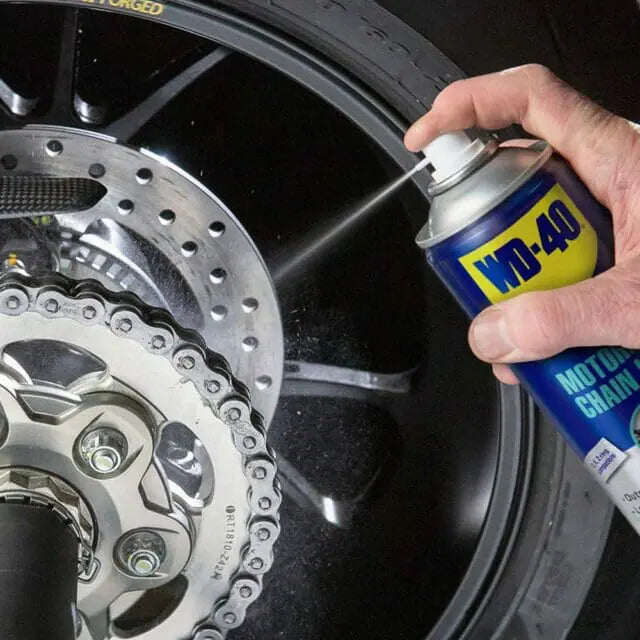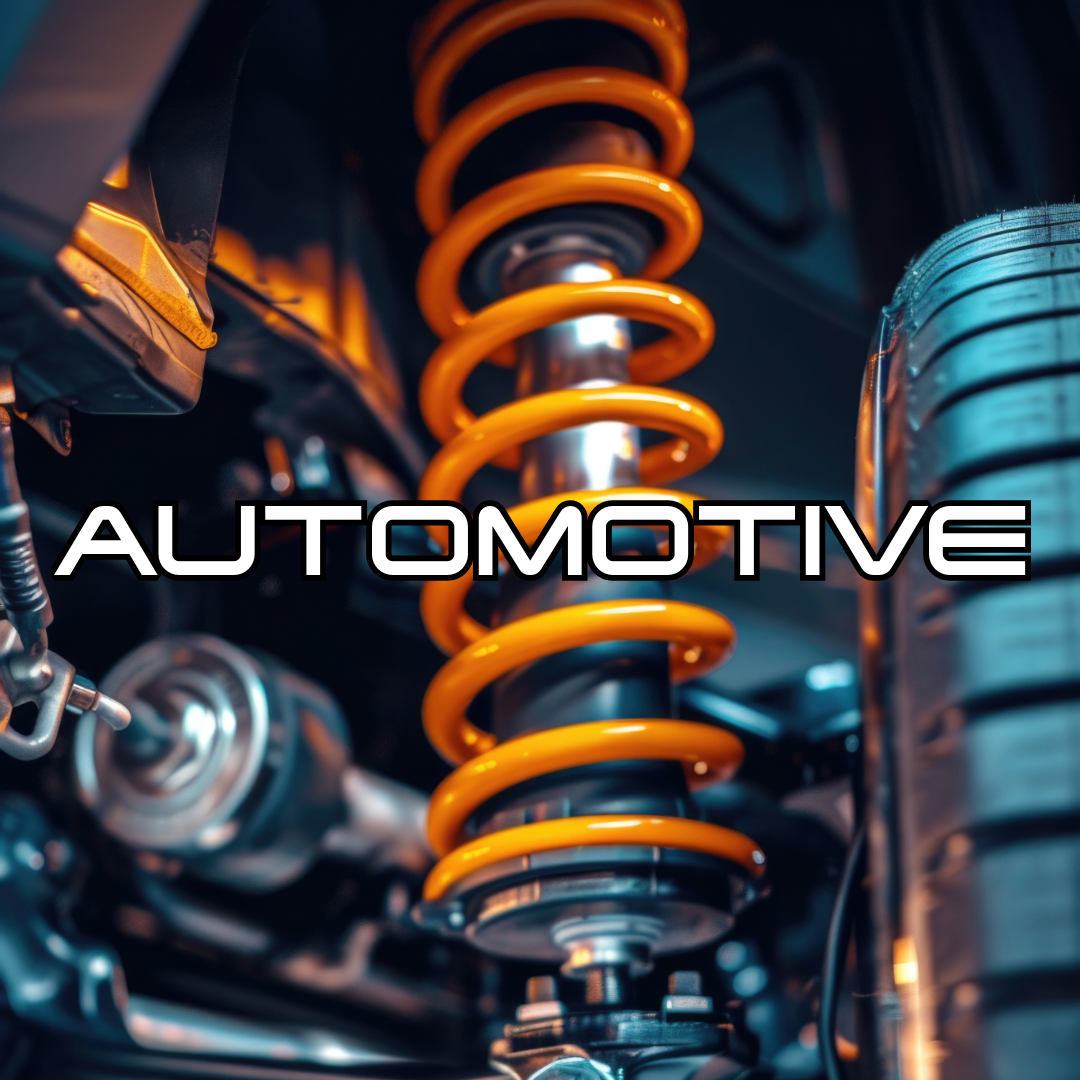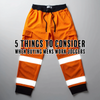WD-40 vs. Other Lubricants: A Mechanic’s Perspective

When it comes to automotive maintenance or working on cars, using the right lubricant is going to be like your best mate for ensuring the longevity and efficiency of your vehicle's components. Among the myriad of options available, WD-40 is perhaps the most well-known, this i know after speaking to many car mechanics. However, after chatting to a few motor technicians its obvious there are several other lubricants that mechanics frequently use for specific car tasks, each with its own set of advantages and applications. In this article, we’ll delve into a detailed comparison of WD-40 and other popular lubricants from a mechanic’s perspective. If you're a auto repair workshop owner you can make great savings on the larger WD-40 5litre
Overview of WD-40
WD-40 is a multi-use product known for its ability to penetrate, lubricate, and protect metal parts. It is commonly used for:
- Rust Prevention: Coating metal parts to prevent rust.
- Lubrication: Reducing friction in hinges, locks, and other moving parts.
- Water Displacement: Driving out moisture to prevent corrosion.
- Cleaning: Removing grease, grime, and other contaminants.
Common Uses in Automotive Maintenance
- Lubricating Hinges and Locks: WD-40 is often used to keep car door hinges and locks operating smoothly.
- Rust Removal: Its penetrating properties help in loosening rusted bolts and nuts.
- Moisture Displacement: Ideal for electrical components to prevent moisture-related issues.
Overview of Other Popular Lubricants
While WD-40 is versatile and as i said earlier it certainly is the most popular, other lubricants are available and specifically designed for particular tasks, offering superior performance in those areas.
1. Silicone Spray:
- Applications: Ideal for rubber, plastic, and vinyl parts.
- Benefits: Does not attract dirt and provides long-lasting lubrication.
2. White Lithium Grease:
- Applications: Suitable for metal-to-metal contact points.
- Benefits: Thick and long-lasting, perfect for bearings and joints.
3. PTFE (Teflon) Spray:
- Applications: High-friction areas such as gears and chains.
- Benefits: Provides a slick, durable coating that reduces wear.
4. Graphite Lubricant:
- Applications: Locks, key cylinders, and other areas requiring dry lubrication.
- Benefits: Non-greasy and does not attract dust or dirt.
Detailed Comparisons
WD-40 vs. Silicone Spray
WD-40:
- Pros: Versatile, excellent for rust prevention and moisture displacement.
- Cons: Can attract dust and dirt over time.
Silicone Spray:
- Pros: Does not attract dirt, ideal for non-metal parts.
- Cons: Limited rust prevention capabilities.
WD-40 vs. White Lithium Grease
WD-40:
- Pros: Great for quick fixes and surface lubrication.
- Cons: Not as durable for high-load applications.
White Lithium Grease:
- Pros: Excellent for heavy-duty lubrication, long-lasting.
- Cons: Can be messy and attract dirt.
WD-40 vs. PTFE (Teflon) Spray
WD-40:
- Pros: Good for general use and moisture displacement.
- Cons: Not as effective in reducing high-friction wear.
PTFE Spray:
- Pros: Superior for reducing friction and wear in high-stress areas.
- Cons: More specialized, not as versatile for general use.
WD-40 vs. Graphite Lubricant
WD-40:
- Pros: Multi-purpose, good for quick fixes.
- Cons: Leaves a residue that can attract dirt.
Graphite Lubricant:
- Pros: Excellent for locks and dry lubrication needs.
- Cons: Limited use outside of dry applications.
Its worth noting that WD40 is expanding its range to more specialist products like Fast Drying Contact Cleaner




















